Today was a nice day. We started with a trip to Republic Polytechnic and were also able to meet a couple of students there who had gone to La Trobe earlier in the year. It was nice to see them again and great to hear their experience in Australia. Following the presentation about Republic Polytech we had a guided tour around their facilities, my favourite one being the aviation hanger on campus. Inside was a small assortment of aeroplanes and engines in the hanger. Behind this were the working stations where the students were able to practice their techniques on maintenance.
In the afternoon after Republic Polytech we made our way back to NUS and met up with a biodiversity group to head off to the aquarium. This was the visit I was waiting for the most today since we were able to go behind the scenes and shown how science applies to the running of an aquarium. My favourite area was the coral tank which was a giant circular tank with coral in the centre and schools of fish swimming around.
After our time at the aquarium came to an end, me and a group of people made our way to Satay by the Bay. This was the time that I try my first bbq stingray; to me it tasted like the chicken of the sea. I will definitely be keeping my eye open for more stingrays to eat around Singapore from now on.

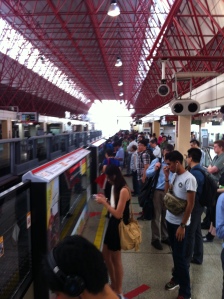
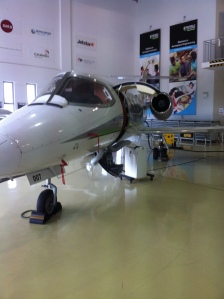
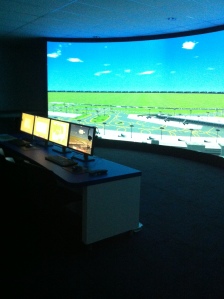
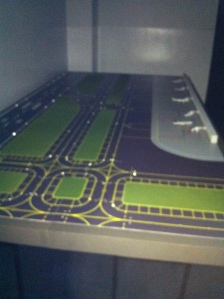
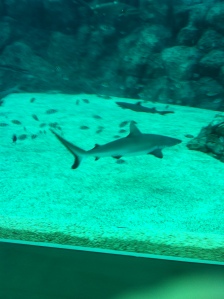
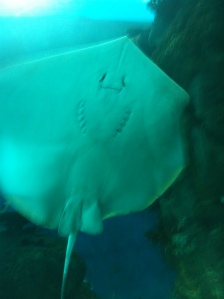
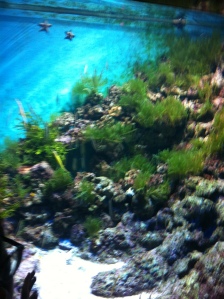
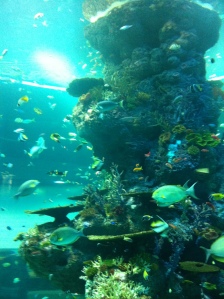
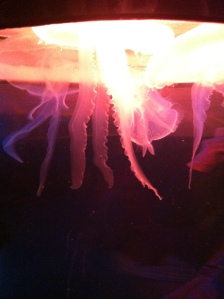
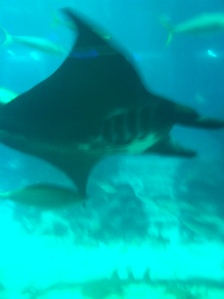
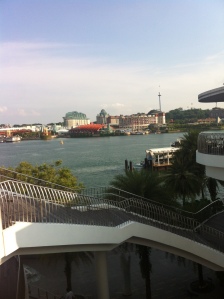
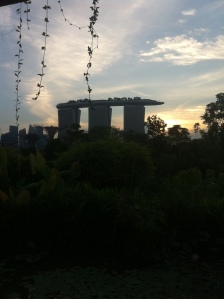
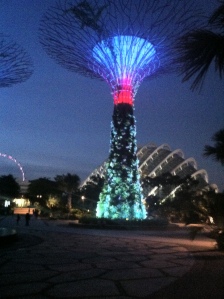
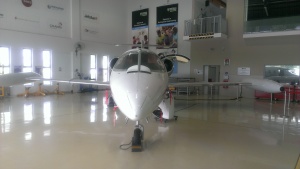
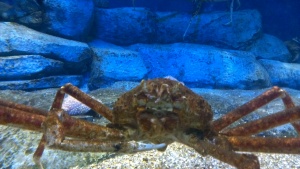
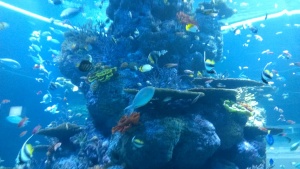
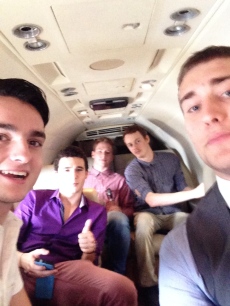
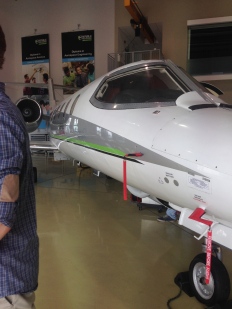
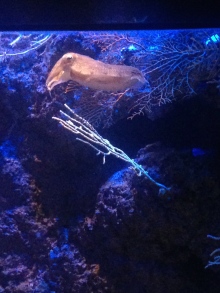
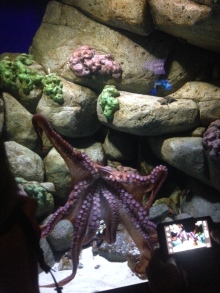
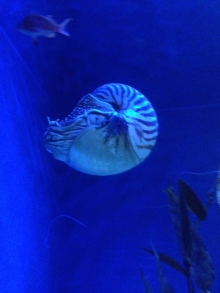






You must be logged in to post a comment.